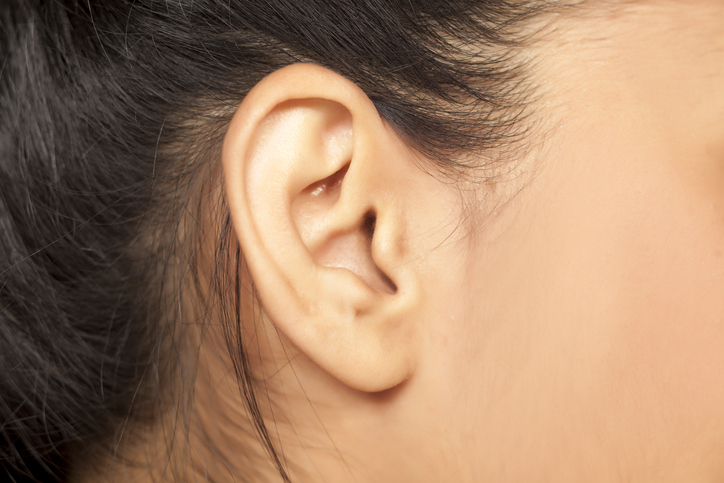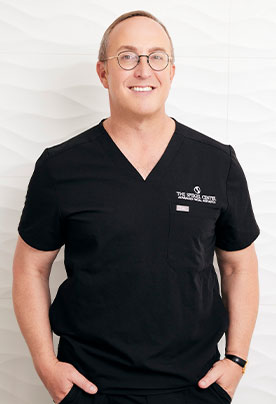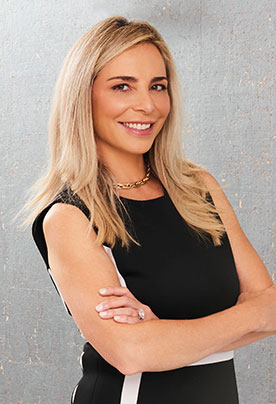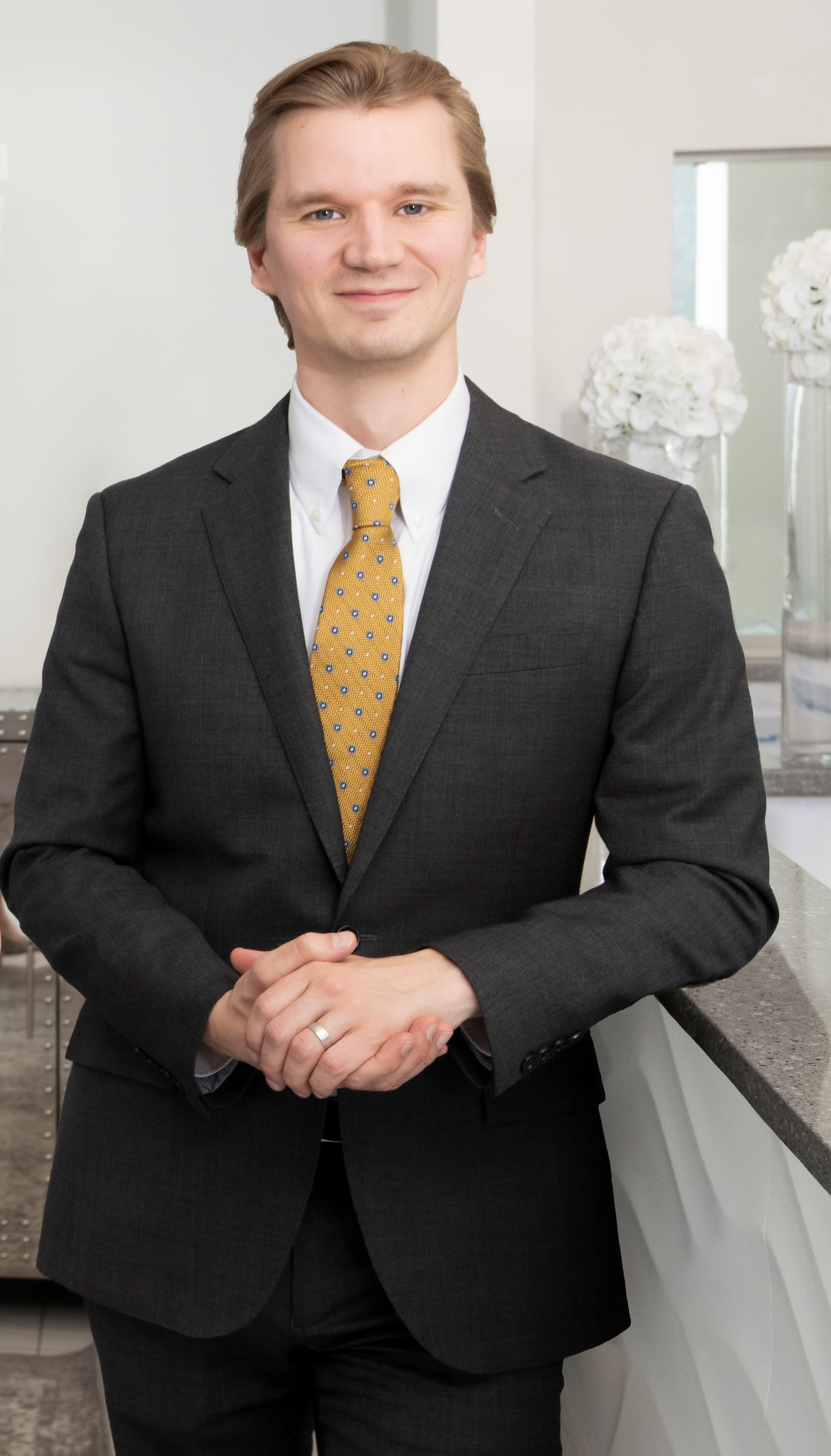
Have you ever wondered what is the purpose of the external ear? I know that ears are for hearing, but why do we have the curvy cartilaginous structure outside of the ear canal?
It’s likely that the external ear (or auricle) is used to help focus sound waves towards your ear canal so that they can be heard better. If you cup your hands behind your ears you’ll find that your hearing acuity should improve. When I was younger I was very interested in high fidelity stereo systems and used to read a niche enthusiast magazine called “Stereophile” that tested and reviewed stereo equipment. In the classified ads in the back someone used to sell plastic ear cups that you could put on your ears with an elastic in order to enhance your hearing. While this worked to some extent, they made you look somewhat ridiculous.
Some people are born with ears that stick out to far or resemble cups. It may or may not be that these ear shapes improve hearing, but it is certain that having “Dumbo” ears make people feel self-conscious and result in teasing from schoolmates.
Fortunately, it is relatively easy to reshape the ears. Otoplasty is the medical term for ear pinning and can involve a few different procedures.
If your ears stick out to far because the ear bowl is too large, we can bring it in. This is called a Furnas setback and requires an incision behind the ear.
If your ears are unfolded at the top or lacking the various grooves and ridges typically seen on the ear then we can use something called Mustarde (pronounced Moose-tar-day) stitches to recreate the missing details. Sometimes placing these stitches require an incision behind the ear, and sometimes we may want to make some relaxing grooves in the cartilage. Oftentimes, however, I like to do what is called “incisionless” otoplasty in these situations. An incisionless otoplasty is done without any visible incisions. It’s somewhat like magic, really. The stitches are all put in through just a few pin pricks on the ear. There are no stitches to remove a week later and no visible scarring.
In all cases you must wear a headband to hold your ears against your head for 2-3 weeks all the time, and then a bit longer at night. This is to help take the tension off of the delicate stitches holding your ears in place. The stitches are strong, but your ears have a natural tendency to want to go back to where they were and the headband helps reinforce the stitches until the ear cartilage remodels and accepts that its new position is where it is going to stay. That does happen, and after that the stitches we put in are no longer necessary, but we don’t need to go after them to have them removed in most cases.
Otoplasty is a nice procedure that brings people a lot of confidence and relief. It can be done in the office, under local anesthesia (unless the person desires to be sedated and asleep) and doesn’t take very long at all.
There are other ear procedures we do such as reconstructing ears that are much smaller than they should be or otherwise very misshapen (this is called a “microtia” repair). And, for people who have had trauma (such as a bite to the ear) we can reconstruct that as well and these require different techniques.
Otoplasty can also be done on children even before kindergarten to prevent any issues in the future.





